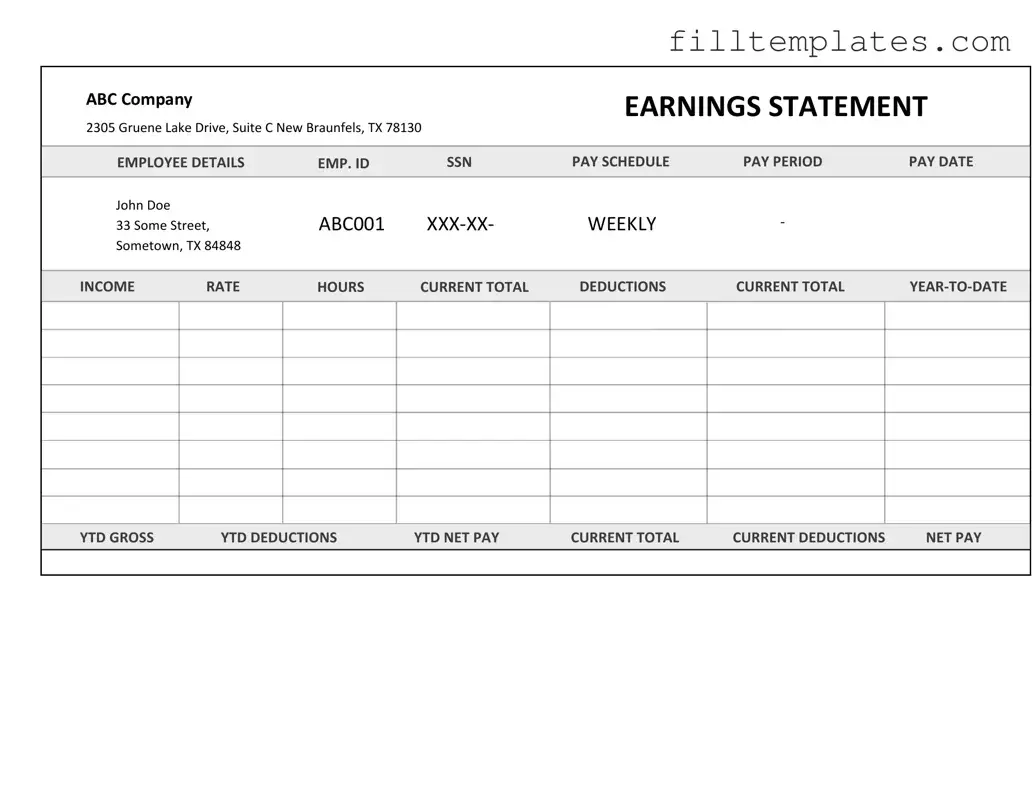Download Independent Contractor Pay Stub Template
The Independent Contractor Pay Stub form is a document that provides a detailed summary of payments made to independent contractors for their services. This form outlines the earnings, deductions, and any applicable taxes, ensuring transparency in the payment process. Understanding this form is essential for both contractors and businesses to maintain accurate financial records.
Open Independent Contractor Pay Stub Editor
